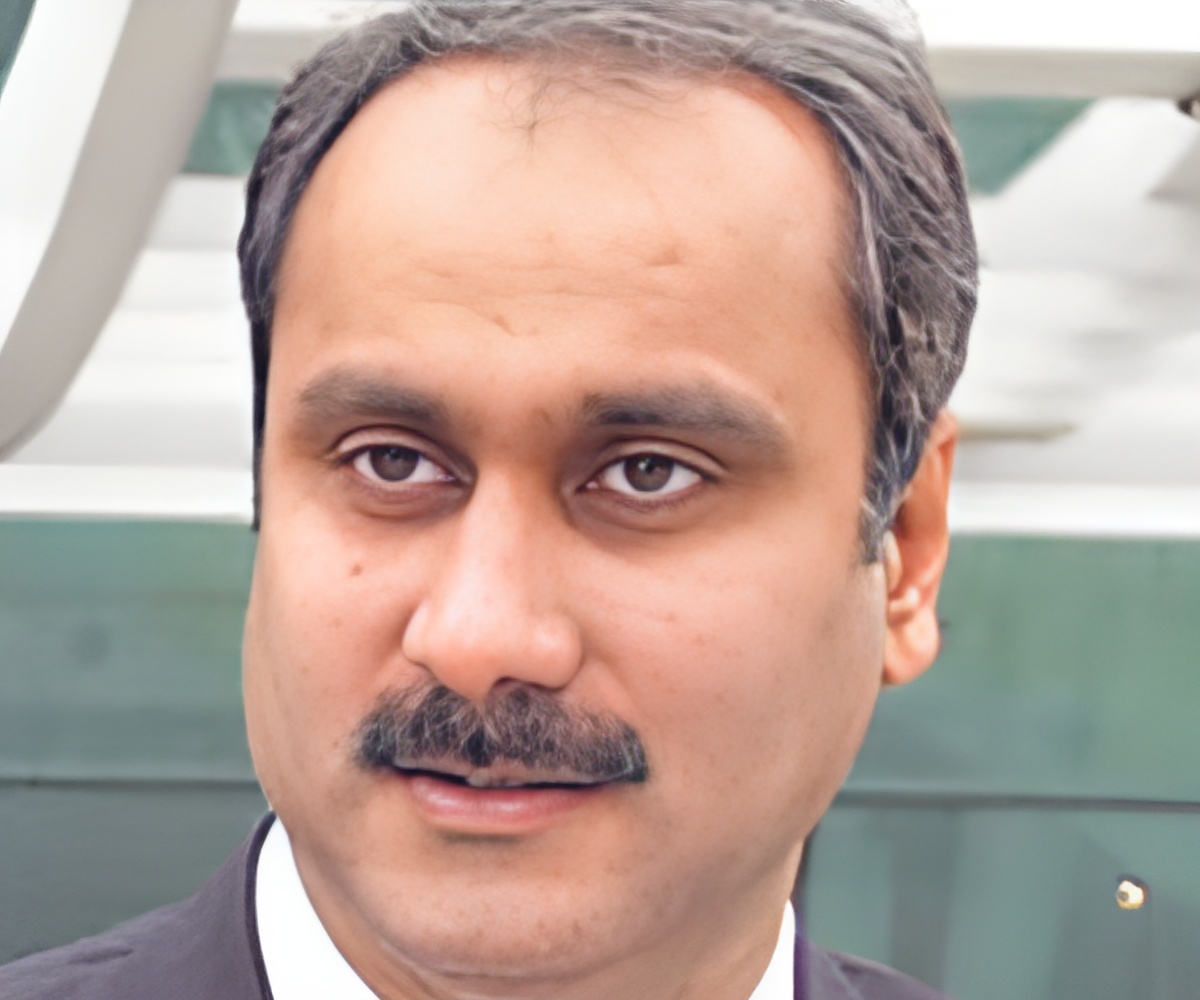According to the Indian Union Minister for Health and Family Welfare Dr. Anbumani Ramadoss, preventive, as opposed to curative health care has become the preferred option.

In 2005 alone, the estimated loss to India’s national income from diseases like heart ailments, stroke and diabetes, was a staggering $9 billion. These losses are expected to mount in the near future. Over the next 10 years, India may lose more than $200 billion due to employee sickness. Some firms are already losing about 14% of their annual working days — more than 51 days in a year — due to illnesses in its workforce.
Not surprising, since the per capita government health expenditure in India is one of the lowest in the world — a dismal $7 as against $2,548 in the US. In fact, public spending on health has stagnated at 0.9% of the GDP since the mid-1980s.
At the meeting, Ramadoss acknowledged that preventive healthcare in India, was still in its early stages. He expressed the need of confronting this problem with more compassion, commitment and concentration. The Health Minister attributed the rising eminence of preventive healthcare partly to the changing corporate environment in India. In recent times with greater globalization and urbanization there is a greater amount of stress in companies leading to adverse lifestyle choices, he said.
Ramadoss stressed that there were individual and group level initiatives, which could improve business effectiveness and the quality of executive and employees lives. Companies could design programs that help stimulate healthy work environments that people want to be in, he suggested. Ramadoss acknowledged that the rising costs of healthcare were taking a significant toll on every company's profits. The leading contributor was lifestyle choices, he said. Questions that corporate companies need to ask themselves are: are their employees sedentary, over their ideal weight, struggling with aging parents, growing children and a demanding career, the minister added.
Ramadoss urged that measures to reduce absenteeism, increase employee productivity and reduce healthcare expenditure were needed. According to a study by the Journal of Occupational and Environmental Medicine reducing just one health risk, increases on-the-job productivity by 9% and cuts absenteeism by 2%, he cited.
Ramadoss called for a greater play for private participation in the health sector. Several innovative financing mechanisms have to be institutionalized, he said. India has the potential to be at the forefront of modern health care, given its strong base in quality health care professionals and cost effective research. India has the opportunity to harness these strengths to deliver quality health care not only for its people but to larger geographical regions as well. India has to see health not as a social cost but as an investment in human capital for economic growth. These were some of the statements issued by the health minister.
Ramadoss added that Non Communicable Diseases (NCDs), especially Cardiovascular Diseases (CVD's), Diabetes Mellitus, Cancer, Stroke and Chronic Lung Diseases had emerged as major public health problems, due to an ageing population and environmentally driven changes in behavior.
“Surveys in India reveal that about 10 % of adults suffer from hypertension. The increase in cardiovascular disease prevalence and mortality rates is expected to continue in the coming years in the majority of countries of the Region. The number of deaths due to Ischemic Heart Diseases in India is projected to increase from 1.2 million in 1990 to 1.6 million by the year 2000, and to 2 million by 2010. The premature morbidity and mortality in the most productive phase of life is posing a serious challenge to Indian society and its economy. It is estimated that in 2005 NCDs accounted for 5,466,000 (53%) of all deaths (10,362,000) in India”, the health minister said.
Ramadoss acknowledged that Indian systems of medicine had a big role to play in healthy lifestyles as they provided options, which are healthy and relevant to the Indian culture. Yoga and Naturopathy are very good examples of healthy lifestyle promotion and we should focus our attention on these modalities, he stressed. “We know that with the right exercise and eating habits, you function better, not only at work, but in all other areas of your life. Physically, you will be healthier and fall ill less frequently. Mentally, you will enjoy psychological benefits – a stronger self-image and better stress management. Just as an artist must put in considerable time and effort to produce an exceptional work of art, so are we able to strengthen our body, mind, and soul by taking care of our physical and mental well being”, he emphasized.
Incidentally, this is not the first time that curative healthcare has been the focus of planned efforts. Emphasis on preventive care had been on a lower priority not out of negligence but because of the burden of communicable diseases like TB, Leprosy, Vector Borne diseases, HIV/AIDS etc. and the necessity to build up health infrastructure in the rural areas, the minister explained. “ Improvement in health status necessitates expanding our energies with equal emphasis on preventive care particularly in the case of HIV/AIDS, non-communicable diseases, reproductive child health, polio and disabilities occurring due to deafness and lack of vision” he added.
“On the non-communicable diseases, we now intend to intensify our efforts in tackling diabetes, hypertension, stroke, and cancer. Besides we have the National Tobacco Control Program for which we have set aside Rs. 40 crores to initiate action towards building up an appropriate strategy and institute a regulatory mechanism for effective implementation for enforcement of anti tobacco laws. Another initiative being taken up on a pilot basis in 25 districts across 10 States & 1 UT is to prevent and control the major causes of hearing impairment and deafness. Geriatric care is also proposed to be addressed in the XI Plan given our ageing population through the setting up of national institutes and promoting and encouraging basic, clinical, epidemiological and applied research”, the health minister was quoted.
Ramadoss concluded: “Health is both a resource for, as well as an outcome of, sustainable development. The goals of sustainable development cannot be achieved when there is a high prevalence of debilitating illness and poverty, and the health of a population cannot be maintained without a responsive health system and a healthy environment. Environmental degradation, mismanagement of natural resources, and unhealthy consumption patterns and lifestyles impact health. Ill health, in turn, hampers poverty alleviation and economic development. Therefore preventive health activities should be in the forefront for the benefit of the people and Industry”.
The Union Health Minister added that he was confident that the seminal effort taken by the ICRIER would contribute to a better understanding of preventive healthcare issues.
Source-Medindia







